3D scanning has always shown a lot of promise for widespread use. The various 3D scanning technologies have had a difficult time deliverig on this promise. Whereas 3D scanning is an established business process in industry, architecture and reverse engineering, it has been difficult to do so at home. Starting up in 3D scanning as a business is also difficult with a lot of practices being specific to the technology and finicky. Often files need a lot of manual labor and stitching with powerful 3D software to work. I’ve seen many people buy 3D scanners and not be able to use them as intended. For the vast majority of people the question “should I get a 3D scanner” should probably be answered with a “no.”
Most 3D scanners are difficult to use as is their software. On the cheaper end of the market (below $5000), you’ll have a lot of issues. The usability of these systems is low, and you’ll probably end up with a polygon mess of a file with holes in it. Sometimes you may have to repeat scans dozens of times or find objects that are nearly impossible to scan. Meanwhile, the big difference between cheaper systems and much more expensive units is that the costlier ones have been used for much longer in a professional environment. These higher-end tools tend to work quite well. However some file clean up, 3D modeling and repetition will be needed from time to time. Unless of course you pick the wrong 3D scanner that is not suited for your application.
Sadly most information online about 3D scanning consists of overoptimistic overclaim. Many supposed “3D scanner guides” cannot possibly have been made through actually using the 3D scanners “reviewed” themselves. Anyone who tells you that 3D scanning is easy and simple and works all the time is lying to you. Most 3D scanning is still a rather artisanal affair that has to be done with care and skill. Setting up scans, scanning and repairing files is getting easier but still requires skill as well. The good news is that scanners now are so much better than scanners a few years ago. More powerful hardware and software are making 3D scanning easier all the time. For now, however, it will be a considerable investment in time and money before you can reliably 3D scan. I don’t want to sound very negative on 3D scanning, and I do appreciate all the hard work that this market has been doing to make 3D scanning easier. At 3DPrint.com we are trying to be realistic and direct however and give you the right information.
There is no Best 3D Scanner.
There are hundreds of different 3D scanner models. Many are highly optimized for particular applications. There are 3D scanners just for treading tires, for houses, for measuring large city planning projects, for medical applications, for archeology, for highly detailed things, for inspection, for QA, etc. There is, therefore, no “best 3D scanner” at the moment because many are highly optimized to one particular very specific business task. So per part, use case and application there is the best scanner for you.
3D scanners are available from $200 to $150,000, and they use very different technologies. Each of these technologies has its own relative merits. Depending on if you need color or a fast scan or if you have an organic object, or if you want to put stickers everywhere or what accuracy you need, one technology could make more or less sense than another. Depending on if you wish to hold the scanner, have the space to put up a huge rig, need it to be portable but tied to power and ethernet or if it does not need to be moved at all or to be completely mobile and handheld then a different type of scanner would make more or less sense. Depending on the size of the object, how shiny it is and what it is made of different scanners could be best as well. Money no object, there is not even a best 3D scanner because some of the most accurate systems may be too bulky for your use case or may be amazing at capturing the measurements of something but not as great at the color. The best 3D scanner for car parts could be very different for the one for rocks. The best 3D scanner for the whole car is probably not the best one for individual car parts. Your mobile mechanic would use a very different scanner than the garage would. All in all, what we’ve decided to do is to make you a guide to help you look at some of the most plausible models for you.
What we’ve tried to do is filter out those models that could be used well for general business 3D scanning for a wide array of applications. So the selected scanners would, out of a set of all 3D scanners, work well at that price point when compared to peers for general 3D scanning needs. Their image acquisition, software, overall speed, and usability would be comparatively good. Taking into account, the caveats mentioned the scanners below should merit your consideration if you would like to make 3D scanning part of your design and development project. I know you guys want a top ten but in this case, it would be nonsensical for me to give you one.
Ideally when making a 3D scanning purchasing decision take into account how large, of what material and at what level of detail you would need to scan. Is metrology important for you? Color? Texture? Does the software work well and can you in a live test reliably scan ten objects that are typical for your needs with your chosen scanner? Test your most common parts with 3D scanning services. There are 3D scanning services worldwide that can help you in this respect. After this step then rent a 3D scanner, there are several firms that rent out scanners worldwide. Test how long it takes you to acquire your file, clean it up and process it for use. Maybe one scanner is similar in terms of specifications but for your particular part would mean that you have to spend an hour placing stickers on the thing. Compare software workflows, operator time and file clean up time. Depending on your level of 3D modeling skill and the difficulty of the file portion of the scan it may very well be the case that a service would be more effective for you. In some cases, there may be scanners that cost ten times more than other similar ones. But, if your employee’s or client’s time is expensive these costs may evaporate quickly because the costlier product could save minutes per scan and could make much more sense. Please do this testing program since a lot of usability issues can be avoided by actually test driving this thing. Then after you’ve done this buy a 3D scanner.
Inexpensive 3D scanners $200 to $1500
At the sub $1500 part of the market, you’re going to have to do a lot of the work. This is a solution where you could learn the craft of scanning and with a steady hand, patience and a fondness for repeating movements will aid your progress. Think of it as a Mr. Miyagi type of activity.
Scanners between $1500 and $5000
Often these will be much better and easier to use. They will require 3D file knowledge to operate however and be more finicky than other things that you would buy at this price point.
Above $5000
Above 5 and later around ten thousand you start to get accurate and easy to use devices which you would perhaps be able to use day in day out in a business capacity.
The Scanners
The BQ Ciclop 2 $249
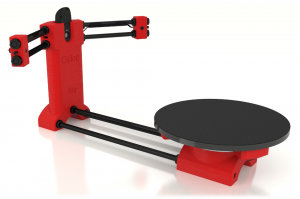
The BQ Ciclop is an open source 3D scanner rig that you assemble yourself replete with open source software Horus. Finnicky and difficult to construct precisely this rig requires multiple passes and patience. Its performance depends on how well you assemble it. The software is buggy and scanning is slow. You can print out the parts and buy some components themselves or buy a kit from BQ and others. It’s your least expensive entry point but will take time to work.
V2 Matter and Form $449

This small, foldable scanner comes with the software MFStudio and +Quickscan. The simple to use scanner has been on the market for a number of years to mixed results. With patience and the right object, it can work well for some. Repeated scans are usually necessary. Scan quality is comparatively low.
The Structure Sensor with Skannect $499
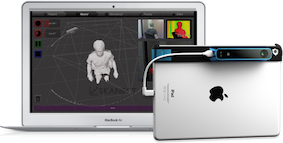
The Structure Sensor is an add on that turns your iPad into a depth 3D scanner. The Structure sensor provides reasonable results if you’re scanning room or table sized things and can be used well if you’re looking for quick scans or measurements. It is much less suited to scanning detailed items.
3D Systems Sense 2 $475

This is a very simple easy to use unit with a simple enough UI. I was surprised how easy this captured objects in medium quality. Color capture was at times problematic, however. I could imagine artists and designers could find this scanner useful and affordable.
HP Z 3D Camera $599
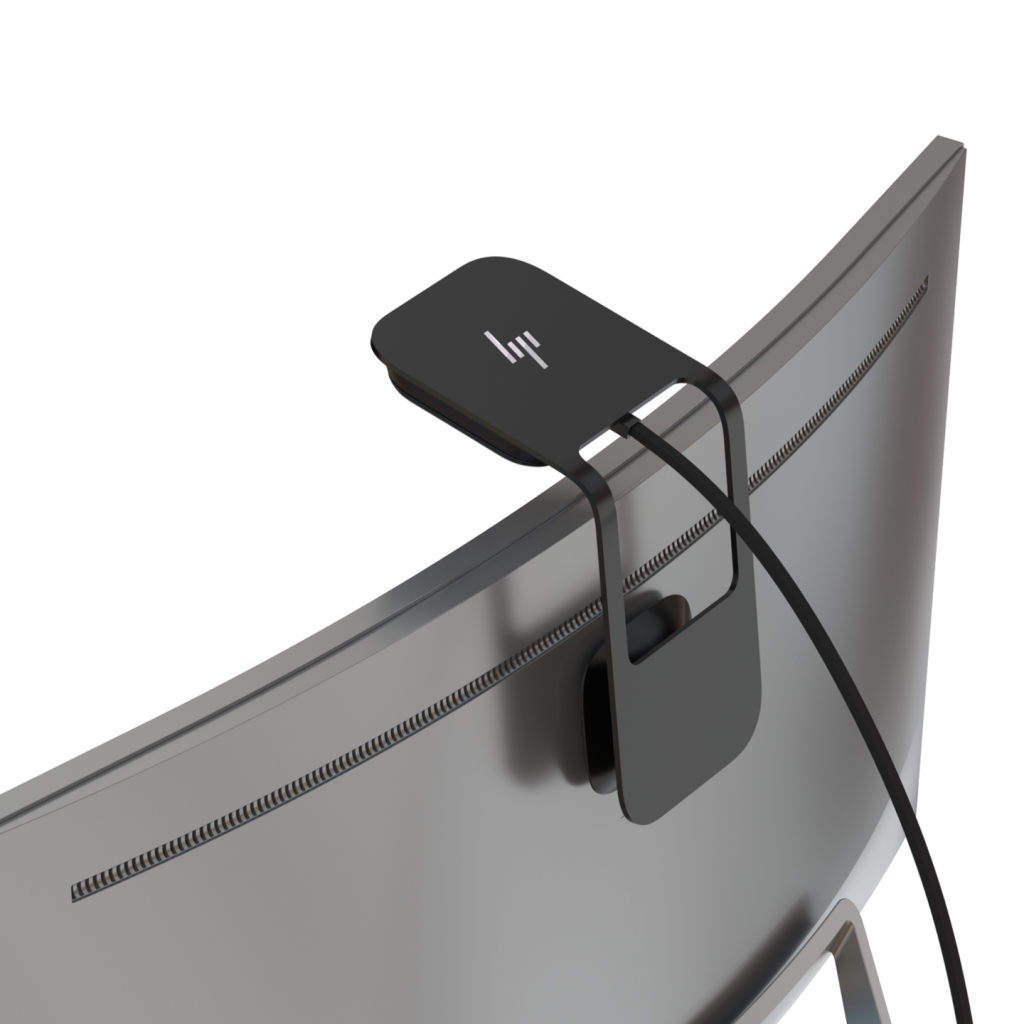
The Z camera mounts on your (Windows Only) PC much like a downward looking webcam would. It’s not precise enough for engineering applications but the 3D SLAM Fusion software makes it a very easy 3D scanner to use for obtaining imagery. If 3D scanning is something that you’d like to do all the time then the workflow of this comparatively simple device could make it an appealing option for you.
Shining 3D Einscan SE $1600

The Einscan is a turntable-based structured light table top scanner which is very affordable. It can make high-quality scans, but the software is clunky and slow. It is a detailed scanner for the price point with some rough edges.
Rangevision Smart $2600

The Rangevision Smart is a robust relatively low-cost platform structured light scanner. Relatively easy to use this produces detailed 3D scans and textures. As with all models around this price point, patience is key.
NextEngine 3D Scanner HD $3000
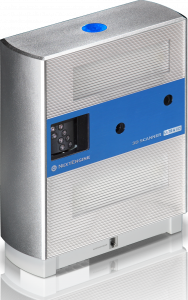
The NextEngine laser scanner comes with NextStudio software and a turntable and is an integrated package that offers good color and geometry in an easy to use set. Not suited for very shiny surfaces the scanner can get good, high-quality scans. Overall the NextEngine is relatively easy to use. The software is powerful and easy to use as well.
HP 3D Structured Light Scanner Pro S3 $3900

This fast and detailed scanner is capable of delivering good textures and accurate scan data with a high degree of precision. Better at color and texture than comparatively priced scanners it comes with a rig and HP 3D Scan software. Higher priced scanners have more automation and more ease of use, but this is a functional unit for the price (it’s still a good deal at $7000 with all of the accessories). This unit has limited availability worldwide at the moment but it is in places available and I know several people who swear by this scanner.
EinScan Pro 2X+ $6500
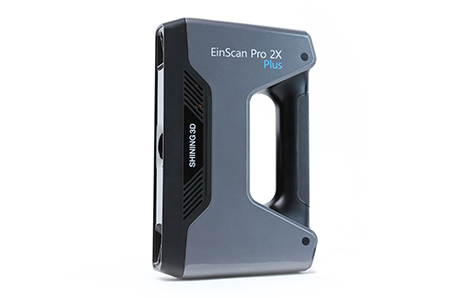
This $6500 scanner is a light handheld unit with high data capture and resolution. It’s comparatively easy to use and the software has a good UI. You get a lot of bang for your buck with this scanner, but you will have to repeat scans. Its a good deal especially if you need to scan bread box sized objects indoors that are not too reflective, shiny or transparent.
Faro Freestyle3D Objects $10,000
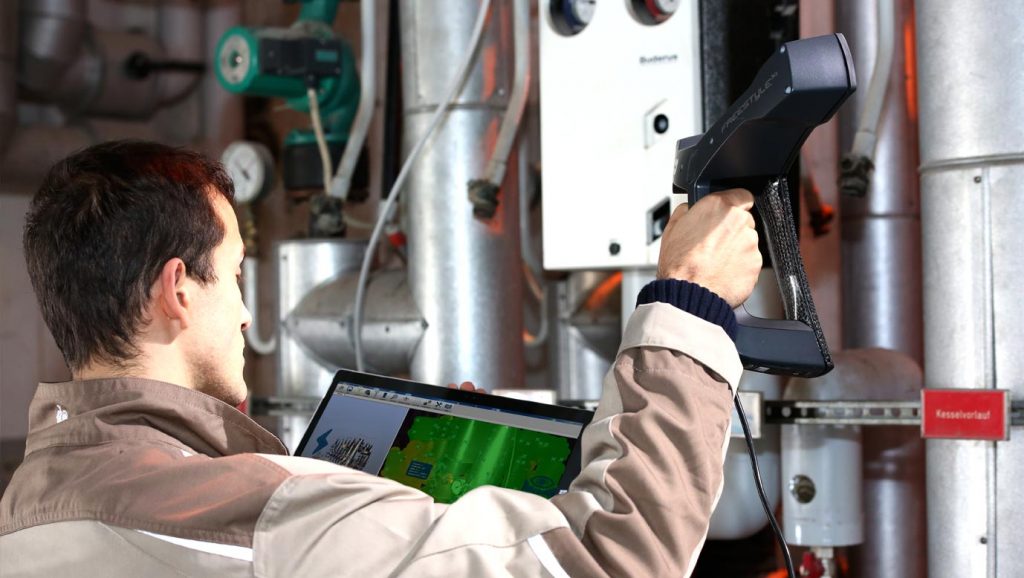
This is a robust, light and supremely accurate scanner that comes with FARO’s powerful Scene software. Best for medium-sized objects, it is very fast, precise and has much higher resolution than other handhelds. Very suited for business use this is an excellent choice if you’d need to travel with the scanner or take it places.
Artec Eva $19,799 & Artec Eva Light $6,800

The Artec Light
A trusted, tried and true 3D scanner the Lite variant is half the price but does not capture colors. Artec’s software has a lot of automated features that will let this handheld scanner save you considerable time. The Eva is a versatile unit that can be used for a wide array of applications by businesses. Recommended for business users and people that need to scan often.
Artec LEO $26,000
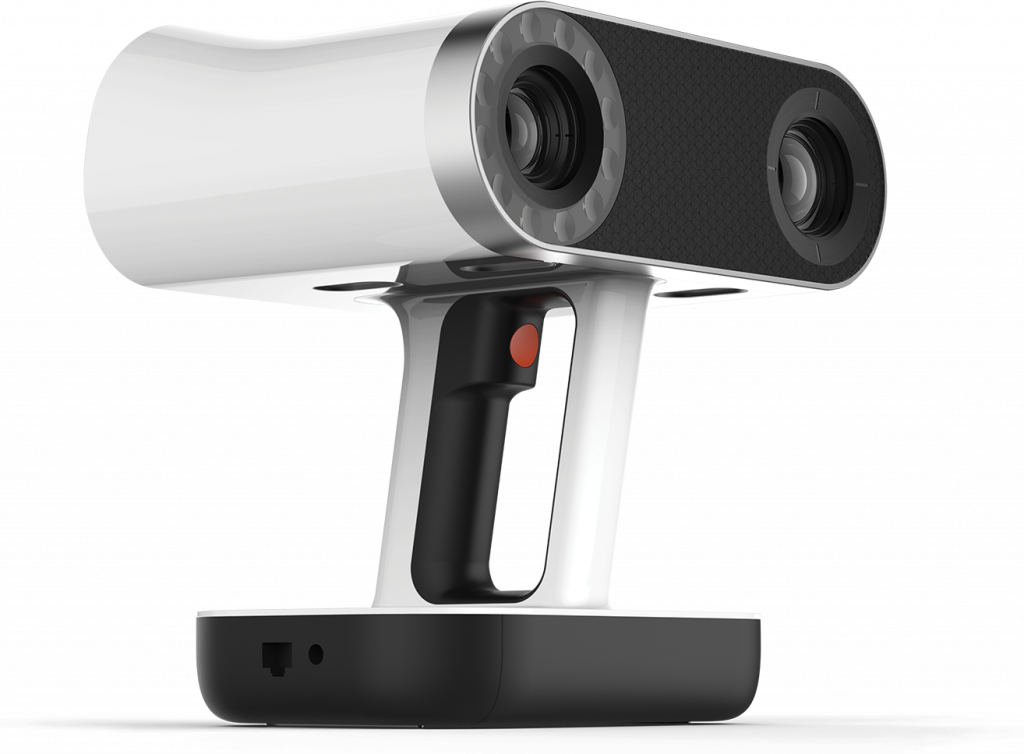
It’s a bit heavy. Apart from that this handheld wireless scanner is your dream machine. Lightning quick to capture with a wide field of view and great detail (also of blacks) this was super easy to use. It very intuitively on the fly indicates areas you’ve missed and where you need to go. The software on this scanner and the Artec Studio software ($600 per year) are seamless. This was the first time that 3D scanning was as easy as I thought it should be.
Subscribe to Our Email Newsletter
Stay up-to-date on all the latest news from the 3D printing industry and receive information and offers from third party vendors.
You May Also Like
3D Printing News Briefs, April 27, 2024: Research, Digital Dentistry, Cycling, & More
We’re starting today’s 3D Printing News Briefs with some research into 3D printed luminescent quantum-dot polymer architectures and free-form laser beam shaping, and then on to an open source 4-axis...
HP & INDO-MIM Collaborate to Boost Metal 3D Printing in India
HP Inc. and INDO-MIM, a US- and India-based supplier of metal injection molding (MIM) powders and contract manufacturer, have announced that the two companies will collaborate to accelerate additive manufacturing...
3D Printing News Briefs, February 17, 2024: Shot Blasting, Service Bureaus, & More
In today’s 3D Printing News Briefs, we’re starting out with post-processing, as SKZ Würzburg is using a shot blast system from AM Solutions for its research. Moving on to business,...
3D Printing News Unpeeled: Not That Kind of Organ 3D Printing
GKN Aerospace will create a 150 jobs in Trollhattan Sweden with an investment of $60 million part of which comes from the Swedish Energy Agency’s Industriklivet initiative. The investment will...






























